
Panorama of Devil Island in Antarctica.
Location: Devil Island, Antarctic Peninsula, Antarctica
Image ID: 26303
Panorama dimensions: 3325 x 26885
Location: Devil Island, Antarctic Peninsula, Antarctica
Image ID: 26303
Panorama dimensions: 3325 x 26885

Iceberg and mountain panorama, cloudy morning.
Location: Paradise Bay, Antarctic Peninsula, Antarctica
Image ID: 26311
Panorama dimensions: 3385 x 15334
Location: Paradise Bay, Antarctic Peninsula, Antarctica
Image ID: 26311
Panorama dimensions: 3385 x 15334
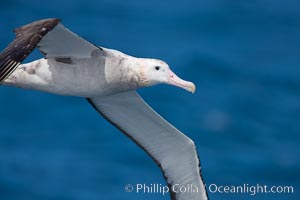
Wandering albatross in flight, over the open sea. The wandering albatross has the largest wingspan of any living bird, with the wingspan between, up to 12' from wingtip to wingtip. It can soar on the open ocean for hours at a time, riding the updrafts from individual swells, with a glide ratio of 22 units of distance for every unit of drop. The wandering albatross can live up to 23 years. They hunt at night on the open ocean for cephalopods, small fish, and crustaceans. The survival of the species is at risk due to mortality from long-line fishing gear.
Species: Wandering albatross, Diomedea exulans
Location: Southern Ocean
Image ID: 24070
Species: Wandering albatross, Diomedea exulans
Location: Southern Ocean
Image ID: 24070
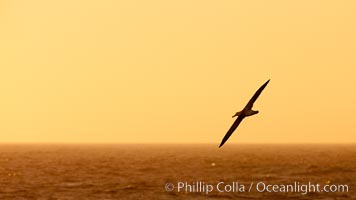
Wandering albatross in flight, over the open sea. The wandering albatross has the largest wingspan of any living bird, with the wingspan between, up to 12' from wingtip to wingtip. It can soar on the open ocean for hours at a time, riding the updrafts from individual swells, with a glide ratio of 22 units of distance for every unit of drop. The wandering albatross can live up to 23 years. They hunt at night on the open ocean for cephalopods, small fish, and crustaceans. The survival of the species is at risk due to mortality from long-line fishing gear.
Species: Wandering albatross, Diomedea exulans
Location: Southern Ocean
Image ID: 24092
Species: Wandering albatross, Diomedea exulans
Location: Southern Ocean
Image ID: 24092
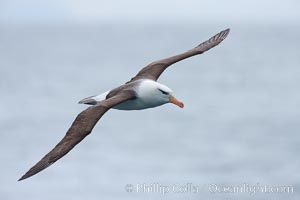
Black-browed albatross, in flight.
Species: Black-browed albatross, Thalassarche melanophrys
Location: Scotia Sea, Southern Ocean
Image ID: 24685
Species: Black-browed albatross, Thalassarche melanophrys
Location: Scotia Sea, Southern Ocean
Image ID: 24685
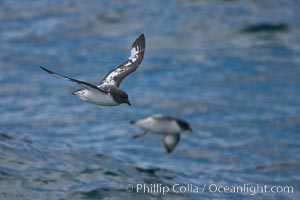
Pintado petrel in flight.
Species: Pintado petrel, Daption capense
Location: Scotia Sea, Southern Ocean
Image ID: 24693
Species: Pintado petrel, Daption capense
Location: Scotia Sea, Southern Ocean
Image ID: 24693
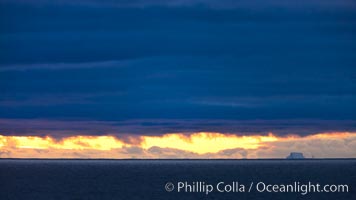
Clouds, weather and light mix in neverending forms over the open ocean of Scotia Sea, in the Southern Ocean.
Location: Scotia Sea, Southern Ocean
Image ID: 24759
Location: Scotia Sea, Southern Ocean
Image ID: 24759
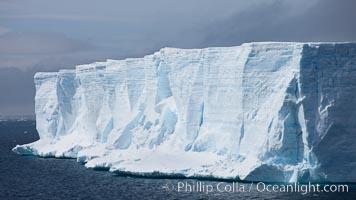
Tabular iceberg in the Antarctic Sound.
Location: Antarctic Sound, Antarctic Peninsula, Antarctica
Image ID: 24783
Location: Antarctic Sound, Antarctic Peninsula, Antarctica
Image ID: 24783
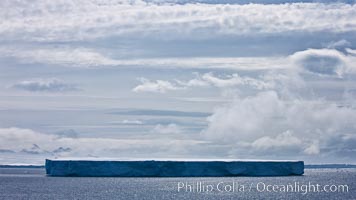
Tabular iceberg in the Antarctic Sound.
Location: Antarctic Sound, Antarctic Peninsula, Antarctica
Image ID: 24784
Location: Antarctic Sound, Antarctic Peninsula, Antarctica
Image ID: 24784
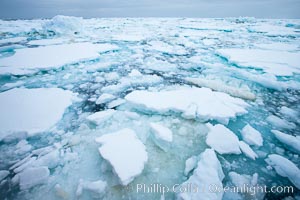
Pack ice and brash ice fills the Weddell Sea, near the Antarctic Peninsula. This pack ice is a combination of broken pieces of icebergs, sea ice that has formed on the ocean.
Location: Weddell Sea, Southern Ocean
Image ID: 24790
Location: Weddell Sea, Southern Ocean
Image ID: 24790
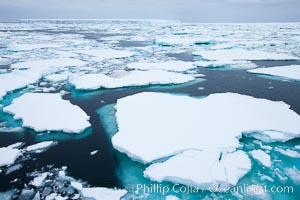
Pack ice and brash ice fills the Weddell Sea, near the Antarctic Peninsula. This pack ice is a combination of broken pieces of icebergs, sea ice that has formed on the ocean.
Location: Weddell Sea, Southern Ocean
Image ID: 24792
Location: Weddell Sea, Southern Ocean
Image ID: 24792
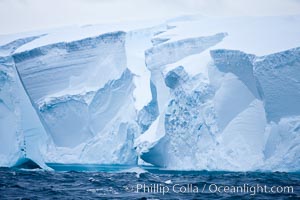
Tabular iceberg. The edge of a huge tabular iceberg. Tabular icebergs can be dozens or hundreds of miles in size, have flat tops and sheer sides.
Location: Scotia Sea, Southern Ocean
Image ID: 24793
Location: Scotia Sea, Southern Ocean
Image ID: 24793
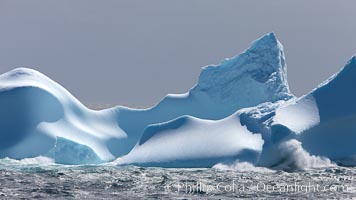
Iceberg detail, at sea among the South Orkney Islands.
Location: Coronation Island, South Orkney Islands, Southern Ocean
Image ID: 24794
Location: Coronation Island, South Orkney Islands, Southern Ocean
Image ID: 24794
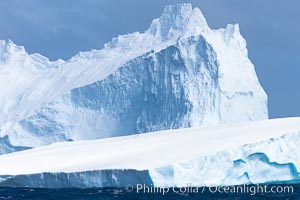
Iceberg detail, at sea among the South Orkney Islands.
Location: Coronation Island, South Orkney Islands, Southern Ocean
Image ID: 24795
Location: Coronation Island, South Orkney Islands, Southern Ocean
Image ID: 24795
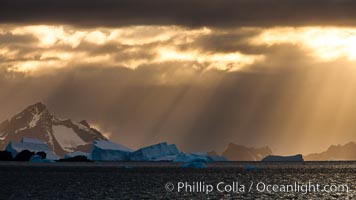
Iceberg, ocean, light and clouds. Light plays over icebergs and the ocean near Coronation Island.
Location: Coronation Island, South Orkney Islands, Southern Ocean
Image ID: 24796
Location: Coronation Island, South Orkney Islands, Southern Ocean
Image ID: 24796
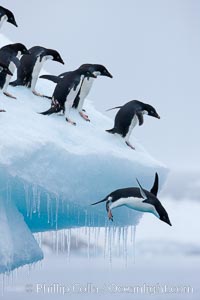
Adelie penguins leaping into the ocean from an iceberg.
Species: Adelie penguin, Pygoscelis adeliae
Location: Brown Bluff, Antarctic Peninsula, Antarctica
Image ID: 25010
Species: Adelie penguin, Pygoscelis adeliae
Location: Brown Bluff, Antarctic Peninsula, Antarctica
Image ID: 25010
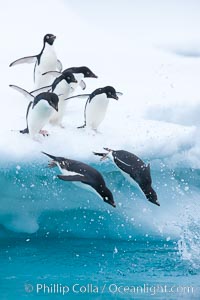
Adelie penguins leaping into the ocean from an iceberg.
Species: Adelie penguin, Pygoscelis adeliae
Location: Brown Bluff, Antarctic Peninsula, Antarctica
Image ID: 25011
Species: Adelie penguin, Pygoscelis adeliae
Location: Brown Bluff, Antarctic Peninsula, Antarctica
Image ID: 25011
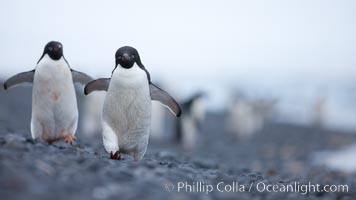
Adelie penguins walking on a stone beach.
Species: Adelie penguin, Pygoscelis adeliae
Location: Brown Bluff, Antarctic Peninsula, Antarctica
Image ID: 25012
Species: Adelie penguin, Pygoscelis adeliae
Location: Brown Bluff, Antarctic Peninsula, Antarctica
Image ID: 25012
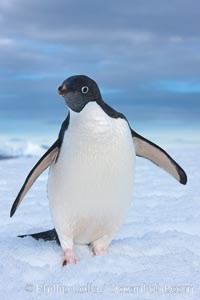
A curious Adelie penguin, standing at the edge of an iceberg, looks over the photographer.
Species: Adelie penguin, Pygoscelis adeliae
Location: Paulet Island, Antarctic Peninsula, Antarctica
Image ID: 25016
Species: Adelie penguin, Pygoscelis adeliae
Location: Paulet Island, Antarctic Peninsula, Antarctica
Image ID: 25016
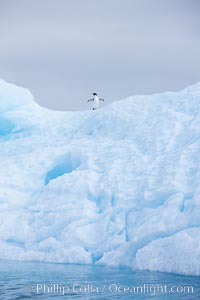
A tiny Adelie penguin stands atop an iceberg.
Species: Adelie penguin, Pygoscelis adeliae
Location: Paulet Island, Antarctic Peninsula, Antarctica
Image ID: 25017
Species: Adelie penguin, Pygoscelis adeliae
Location: Paulet Island, Antarctic Peninsula, Antarctica
Image ID: 25017
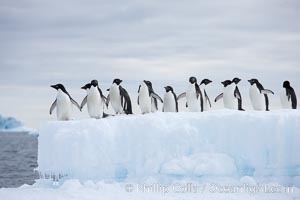
Adelie penguins, in a line, standing on an iceberg.
Species: Adelie penguin, Pygoscelis adeliae
Location: Paulet Island, Antarctic Peninsula, Antarctica
Image ID: 25018
Species: Adelie penguin, Pygoscelis adeliae
Location: Paulet Island, Antarctic Peninsula, Antarctica
Image ID: 25018
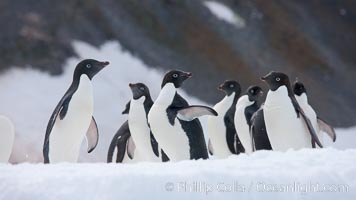
A group of Adelie penguins, on packed snow.
Species: Adelie penguin, Pygoscelis adeliae
Location: Paulet Island, Antarctic Peninsula, Antarctica
Image ID: 25019
Species: Adelie penguin, Pygoscelis adeliae
Location: Paulet Island, Antarctic Peninsula, Antarctica
Image ID: 25019
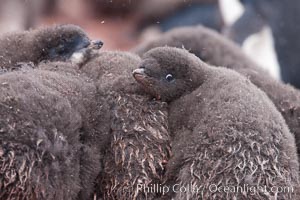
Adelie penguin chicks, huddle together in a snowstorm for warmth and protection. This group of chicks is known as a creche.
Species: Adelie penguin, Pygoscelis adeliae
Location: Shingle Cove, Coronation Island, South Orkney Islands, Southern Ocean
Image ID: 25026
Species: Adelie penguin, Pygoscelis adeliae
Location: Shingle Cove, Coronation Island, South Orkney Islands, Southern Ocean
Image ID: 25026
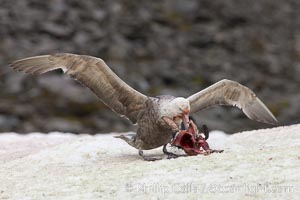
Southern giant petrel kills and eats an Adelie penguin chick, Shingle Cove.
Species: Southern giant petrel, Macronectes giganteus
Location: Shingle Cove, Coronation Island, South Orkney Islands, Southern Ocean
Image ID: 25027
Species: Southern giant petrel, Macronectes giganteus
Location: Shingle Cove, Coronation Island, South Orkney Islands, Southern Ocean
Image ID: 25027
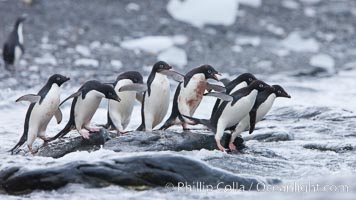
Adelie penguins rush into the water en masse, from the cobblestone beach at Shingle Cove on Coronation Island.
Species: Adelie penguin, Pygoscelis adeliae
Location: Shingle Cove, Coronation Island, South Orkney Islands, Southern Ocean
Image ID: 25028
Species: Adelie penguin, Pygoscelis adeliae
Location: Shingle Cove, Coronation Island, South Orkney Islands, Southern Ocean
Image ID: 25028
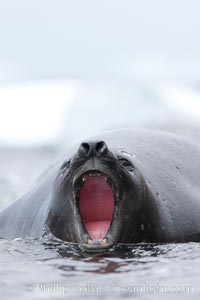
Southern elephant seal, juvenile. The southern elephant seal is the largest pinniped, and the largest member of order Carnivora, ever to have existed. It gets its name from the large proboscis (nose) it has when it has grown to adulthood.
Species: Southern elephant seal, Mirounga leonina
Location: Shingle Cove, Coronation Island, South Orkney Islands, Southern Ocean
Image ID: 25030
Species: Southern elephant seal, Mirounga leonina
Location: Shingle Cove, Coronation Island, South Orkney Islands, Southern Ocean
Image ID: 25030
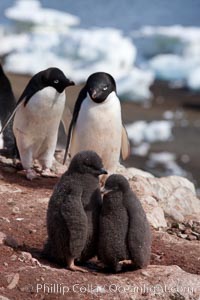
Adelie penguins, adults and chicks.
Species: Adelie penguin, Pygoscelis adeliae
Location: Devil Island, Antarctic Peninsula, Antarctica
Image ID: 25102
Species: Adelie penguin, Pygoscelis adeliae
Location: Devil Island, Antarctic Peninsula, Antarctica
Image ID: 25102
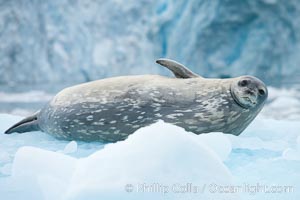
Weddell seal in Antarctica. The Weddell seal reaches sizes of 3m and 600 kg, and feeds on a variety of fish, krill, squid, cephalopods, crustaceans and penguins.
Species: Weddell seal, Leptonychotes weddellii
Location: Cierva Cove, Antarctic Peninsula, Antarctica
Image ID: 25501
Species: Weddell seal, Leptonychotes weddellii
Location: Cierva Cove, Antarctic Peninsula, Antarctica
Image ID: 25501
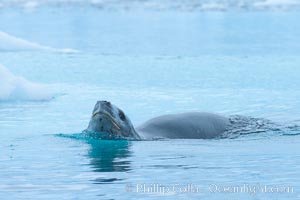
A leopard seal in Antarctica. The leopard seal is a large predatory seal, up to 1300 lb and 11 ft in length, feeding on krill, squid, fish, various penguin species and other seabirds and occasionally, other pinnipeds.
Species: Leopard seal, Hydrurga leptonyx
Location: Cierva Cove, Antarctic Peninsula, Antarctica
Image ID: 25526
Species: Leopard seal, Hydrurga leptonyx
Location: Cierva Cove, Antarctic Peninsula, Antarctica
Image ID: 25526

Brash ice floats on cold, dark Antarctic waters.
Location: Cierva Cove, Antarctic Peninsula, Antarctica
Image ID: 25532
Location: Cierva Cove, Antarctic Peninsula, Antarctica
Image ID: 25532